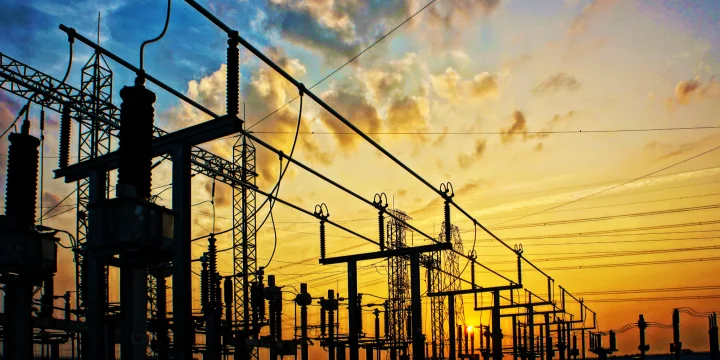
Data Across Time for Transformer Health Insights
Challenge
Knowing when to maintain one of the most critical components within the electrical network, the power transformer, is a unique challenge. Transitioning from a calendar-based maintenance plan to a condition-based plan requires the synthesis of information from a variety of data sources. This might include:
- Nameplate characteristics
- Diagnostic tests (such as fluid, dissolved gas analysis, and electrical tests)
- Maintenance and financial history
- Real-time data (such as cooling performance)
Developing and refining transformer health analytics that take advantage of all this disparate, but valuable data is arduous, especially when applied to numerous assets. This article provides an example of one such analytic, Dissolved Gas Analysis, and demonstrates how it can easily integrate with multiple data sources and scale across a fleet of transformers.
Solution
DGA is the study of dissolved gases in transformer oil. Transformer oil is used to insulate the transformer’s electrical equipment. When it breaks down, it releases gases within the oil. The distribution of these gases can be related to the type of electrical fault and the rate of gas generation can indicate the severity of the fault. DGA provides an inside view of a transformer. By analyzing dissolved gases, we can observe the inner condition of any transformer. Many faults like arcing, overheating, and partial discharge can only be detected by analyzing gases.
Many electrical utilities have a DGA program. This typically consists of manually sampling the oil and sending the sample to a laboratory for analysis (every 1-4 years). There are a number of industry-recognized methods used to translate the lab results into fault codes. Seeq’s advanced analytics can be used to easily aggregate the data needed for such methods, evaluate the required formulas, and scale the analytics across numerous assets. Methods include:
- IEEE C57-104 Total Dissolved Combustible Gases
- IEC 60599
- Roger’s ratio
- Dornenburg’s state estimation
- Duval’s triangle
Seeq can also be used to develop customized transformer health algorithms.
Results
- Rapid iteration and refinement of analytics to identify assets for targeted, condition-based maintenance
- Improved reliability and reduced maintenance costs
- The ability to predict OpEx and extend the life of the transformer
- Maintenance of transformer versus replacement of transformer
- Reduction in catastrophic asset failures ($10s of millions per transformer)
- Minimal corporate exposure from preventable failures and outages
- Connected data, all in one place
- Individual transformer health algorithms
- Avoidance of transformer failures saves multiple millions of dollars in outage cost
Data Sources
- Load and temperature data is stored in PI
- DGA test results are stored in an SQL database
Calculations and Conditions
- Formula
- Value search
- Asset swapping
- Treemap
Reporting and Collaboration
Organizer topic